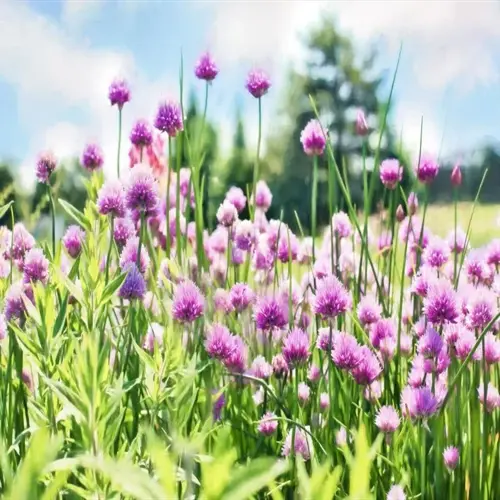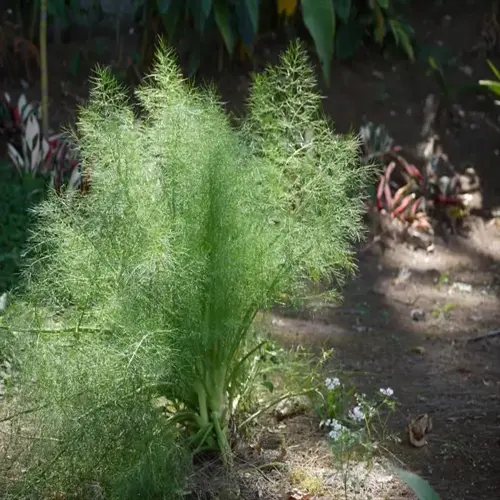How do you harvest fennel seeds?

Written by
Julia Anderson
Reviewed by
Prof. Samuel Fitzgerald, Ph.D.Harvesting fennel seeds requires excellent timing and drying procedures to maintain aromatic oils. I have been an herb gardener for seven seasons, and have truly mastered seed collecting. It all begins when the flower umbels turn papery brown at the end of summer. This means they are at their peak ripeness for the best flavor and seeds with good germination potential.
Timing Indicators
- Color Change: Umbels shift from green to uniform brown
- Texture: Seeds detach easily when rubbed between fingers
- Season: 120-150 days after planting during dry weather
Environmental Factors
- Humidity: Below 60% during harvest to prevent mold
- Temperature: 65-75°F (18-24°C) ideal for drying
- Timing: Morning after dew evaporates for dry plant material
Plant Selection
- Healthiest Plants: Choose disease-free specimens with full umbels
- Genetic Purity: Isolate varieties by 50 feet (15 m) to prevent cross-pollination
- Maturity: Select plants showing slow-bolting characteristics
After cutting the stems, follow proper drying practices. Hang the bunches of stems upside down in dark, well-ventilated environments at 60-70°F (15-21°C). Place the bunches 6 inches apart to allow air circulation. Make sure to check on them every day, looking for mold and gently turning them. Complete drying will take 2-3 weeks, and should be finished when the stems break easily.
Utilize manual rubbing techniques to process dried umbels. Place seed heads in an oversized container and rub them between your palms. Work over trays to catch any fallen seeds. Winnow by pouring the grain between bowls outdoors and allowing the breeze to carry away the chaff. Repeat until all that remains are clean seeds.
Store seeds in non-permeable containers complete with crystalline gel packets. Ensure humidity is under 10 percent in glass jars. Clearly label each variety along with its date of harvest. Keep them cool in the dark at 40-50°F (4-10°C). Conduct germination tests yearly by planting 10 seeds in damp paper towels.
Stay clear of frequent errors in seed harvesting, such as harvesting seeds at only half-ripening, and wet material storage. Protect developing seeds from birds or wildlife using netting. The use of plastic bags will not protect seeds, as condensation can occur. With proper fennel seed harvest and storage, the culinary flavor and viability for planting are preserved for up to four years.
Read the full article: How to Grow Fennel Successfully at Home

